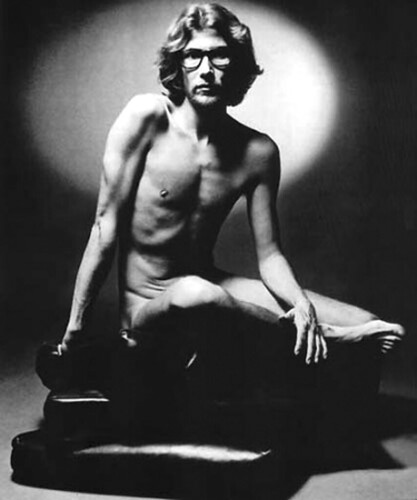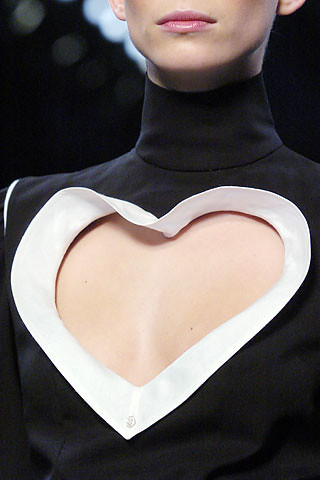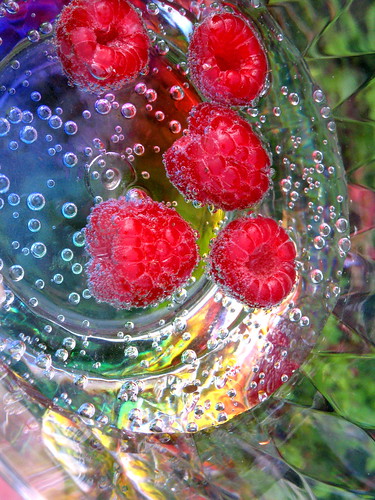Rive Gauche
Today I wore Rive Gauche for the first time. Despite the many good things I’ve heard about it I was never drawn to it. Perhaps it was the plain, matter-of-factly canister in which it is stored; or it may be the fact that adehydic florals, even the most iconic ones, are not exactly my style. I’m ashamed to admit that it has never managed to cross the scent-strip barrier and concur my wrist until YSL’s death and this humble tribute I’m paying him on SmellyBlog.
Rive Gauche is the name of the Left Bank of the Sienne river which divides the city of Paris to the northern “right bank” and the southern “left bank”. This area is considered one of the most romantic and artistic areas of Paris, which was home to artists such as Picasso and Matisse, writers Hemingway and Fiztgerald and of course the infamous existentialists – Sartre and my favourite of them all, the writer, composer, lyricist, engineer, jazz musician and existentialist Boris Vian.
The perfume by this name was created in 1970, 4 years after YSL has invented the “ready-to-wear” concept with his “Rive Gauche” line, which was first sold in his Rive Gauche boutique. By creating this line YSL has made fashion available to everyone and many will argue that this has changed the world in more ways than there is space here right now.
The perfume is a chic and classy aldehydic floral with a cool woody base surrounding mostly Haitian vetiver. Aside from vetiver, I can’t descern any particular note a they are all very well blended in a way that characterizes many French perfumes from the 1940’s and 1950’s. It starts with a hint of green and gives off an aldehydic floral roundness. I can’t say any of the florals stands out in particular, except perhaps for the rose. And it is still a rather cool rose. The base is where the theme of the perfume resides – mostly with Haitian vetiver as I mentioned earlier, with its cool and tart presence that feels clean and cozy, furnished and outdoorsy all at once. Sandalwood is another note that is quite dominant (perhaps this is the reason why Rive Gauche to resembles Bois des Iles, even if just a tad) and later on the bitterness of tonka bean creeps in, almost convincing me that I’m actually smelling a Guerlinade.
While I appreciate the fact that Rive Gauche is well made and like the fact that the emphasis is on the jus rather than the packaging (that being said, the thought that went into the packaging is significant and makes a fashion statement in its utilitarian approach – it was designed to be easy to pack into a suitcase; a real advantage for the adventurous, traveling career woman – the perfect fashion accessory to go with Le Smoking). Perhaps if it was a tad more dry I would have liked it more; but than again, the scent I’m reviewing is most likely the reformulated version. If you know anything about how what was more original about the original Rive Gauche, please do leave a comment.
The notes according to the Perfume Addict database:
Top notes: Aldehydes, Bergamot, Greens, Peach
Heart notes: Magnolia, Jasmine, Gardenia, Geranium, Iris, Ylang-ylang, Rose, Lily of the Valley
Base notes: Mysore Sandalwood, Haitian Vetiver, Tonka Bean, Musk, Moss, Amber






